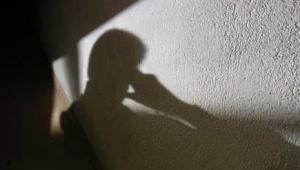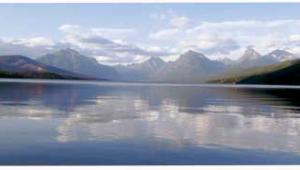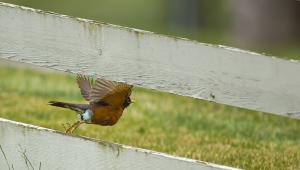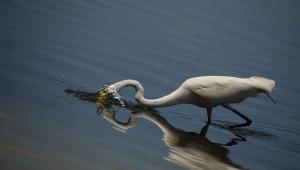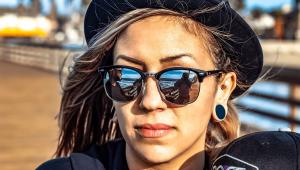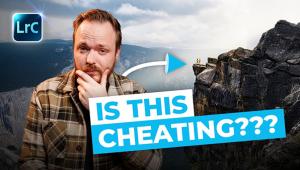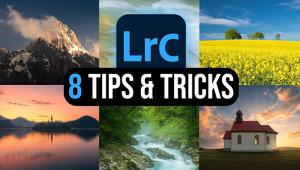10 Winter Photo Tips: Cool Things to try in the Cold Season Page 2
 6. Bare Trees
6. Bare Trees Colorful leaves are a mainstay of fall photographers. But you shouldn't ignore those leafless trees in winter. They make great subjects for studies in lines and textures. You can shoot from right under the tree with a wide-angle lens as was done here, or shoot from afar with a telephoto lens. Either way, the key idea is to isolate an interesting portion of the branchwork pattern. If you're shooting from right under the tree, stop the lens down to increase depth of field, so that everything is sharp throughout the image. Photo by Mary McGrath
 7. Icicles
7. Icicles Icicles make fun photo subjects. You can move in tight and isolate a portion of a single icicle, or move back and include some of their environment. Move around and shoot them front lit and backlit. For the close-ups, stop the lens down to increase depth of field. Photo by Lynne Eodice
 8. Window Filters
8. Window Filters Windows collect interesting water variations in winter, like frost and raindrops. These examples of visible moisture make great photo subjects in their own right, and they also provide you with interesting photo filters. Focus on the water drops or frost, and whatever's outside the window will take on a textured effect. If your camera has a depth-of-field preview, use it to check the effects of different apertures; if not, shoot a frame wide open, another stopped halfway down, and a third with the lens stopped all the way down. Photo by Mary McGrath
 9. Snow Exposure
9. Snow Exposure Reflected-light meters (including those built into cameras) are calibrated for medium tones: whatever you take a reading from will be reproduced as a medium tone if you expose according to the meter reading. Snow is generally thought of as white, not a medium tone, so snow pictures generally look best when sunlit snow appears white. The multi-segment meters built into today's AF 35mm SLR cameras do a pretty good job of reproducing snow with no correction, but with older center-weighted meters, it's a good idea to increase exposure 1-11/2 stops from the metered reading. In AE mode, you can do this by setting the camera's exposure-compensation control to +1 or +1.5. For this aerial image, no compensation was used—the dark aqueduct kept the meter from being "fooled" by the white now. It's a good idea to bracket exposures and take notes the first time you take snow pictures with your camera, to see what (if any) compensation is needed to reproduce the snow the way you want it to look in your photos. Photo by Mike Stensvold
 10. Winter Activities
10. Winter Activities As is the case at any time of year, you can get some great shots by recording seasonal activities. In winter, skiing, sledding, ice skating and mountain climbing are some of the seasonal activities that provide lots of photo opportunities. Photograph the action, and the participants, and you can enjoy the activities again and again in the future. Photo by Ron Leach
- Log in or register to post comments







